
Of all the storage areas in our homes, decluttering a closet sounds the simplest. However, with so many emotionally charged items and a vast array of garments, they can be trickier to tackle than most realize.
So, how do you declutter a closet without becoming so overwhelmed that you throw everything back in a heap?
We talked to professional home organizers to discover their top decluttering tips and rules for decluttering clothes to make this stressful storage spot a little easier to manage.
How to declutter a closet like a pro
1. Set out a detailed plan
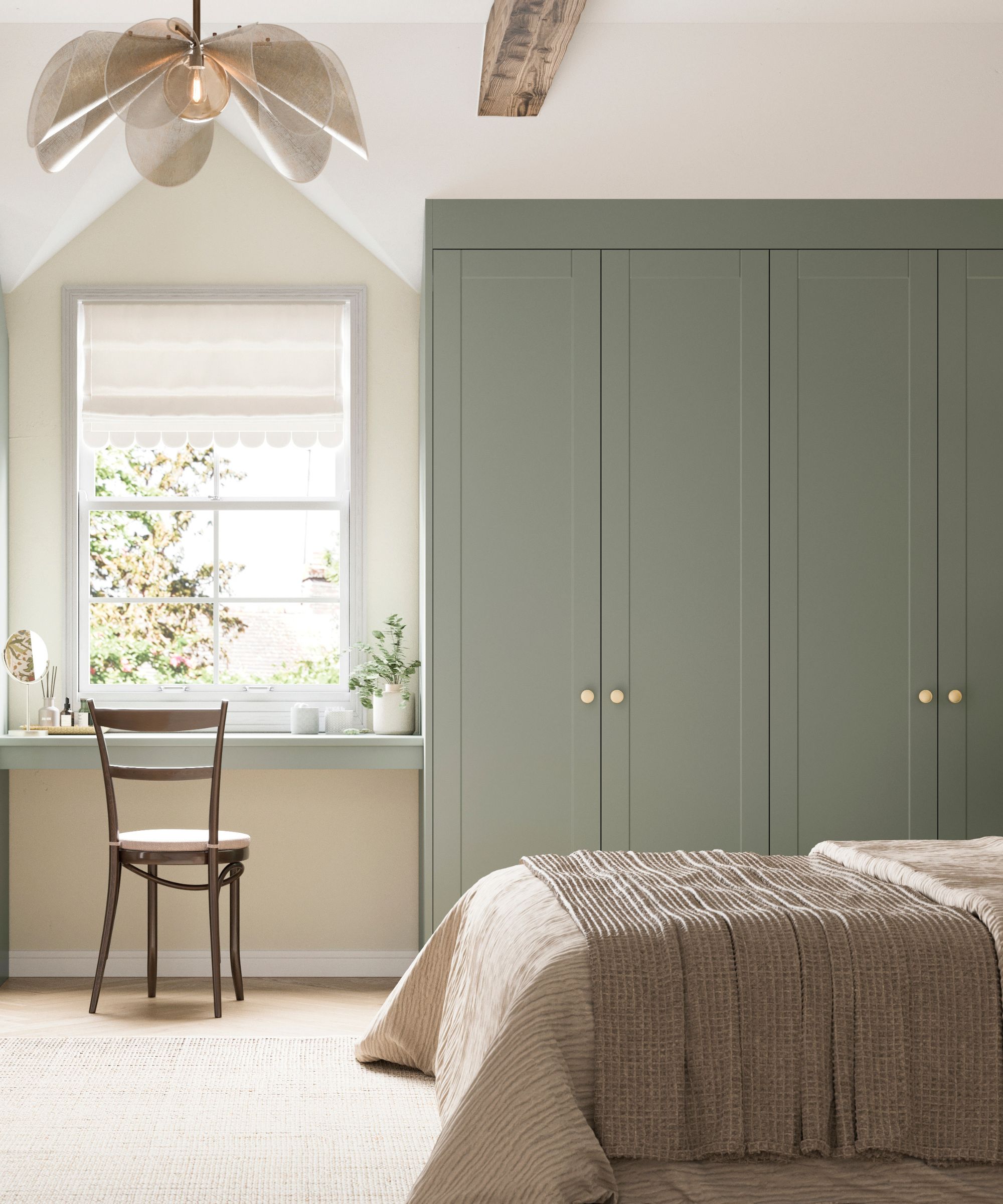
Before decluttering a closet, it helps to gather all of your garments in one place and declutter clothes in situ. This allows you to see the full picture, identify or avoid duplications, and make more informed decisions.
From there, there are two main approaches to decluttering a closet: split it into categories or tackle it all in one go.
The method you use will depend on the size of your closet, whether you have a small closet or a walk-in closet, for example, and the type of declutterer you are.
- If you have a large closet or prefer to declutter slowly, work in sections: Victoria Bance, APDO member and creator of Declutter & Organise with Victoria says, 'Start small at first and remove all the items from each section – it will certainly start to look worse before it looks better!’ she warns. 'Begin by sorting into categories, ie, jackets, tops, pants, jeans, dresses, skirts, socks, underwear, etc. Once in categories, go through each category and decide what you want to keep, what you want to donate, what you want to sell, and what you want to let go of.'
- If you have a smaller closet or need to declutter clothes fast, doing it all in one go may be better suited to you: Jamie Hord, CEO, and founder of Horderly Professional Organizing says, 'One of the best ways to declutter a closet is to pull everything out of the space. It can be much easier to let go when you are looking at your items in a different way than you see them every day. This is why flipping through your closet and pulling things here and there can be less effective.'
If you are struggling to declutter when you feel overwhelmed, it might be a sign that you need to hire a professional organizer. Be sure to work this into your plan before you start.
Whether you seek help from a friend or a professional, Brandie Larsen and Ryan Eisland, celebrity organizers and founders of Home Sort explain, ‘An outsider’s perspective will help you to put emotion aside and be more critical about what you really need, making the process of deciding what to declutter a lot quicker in general.'
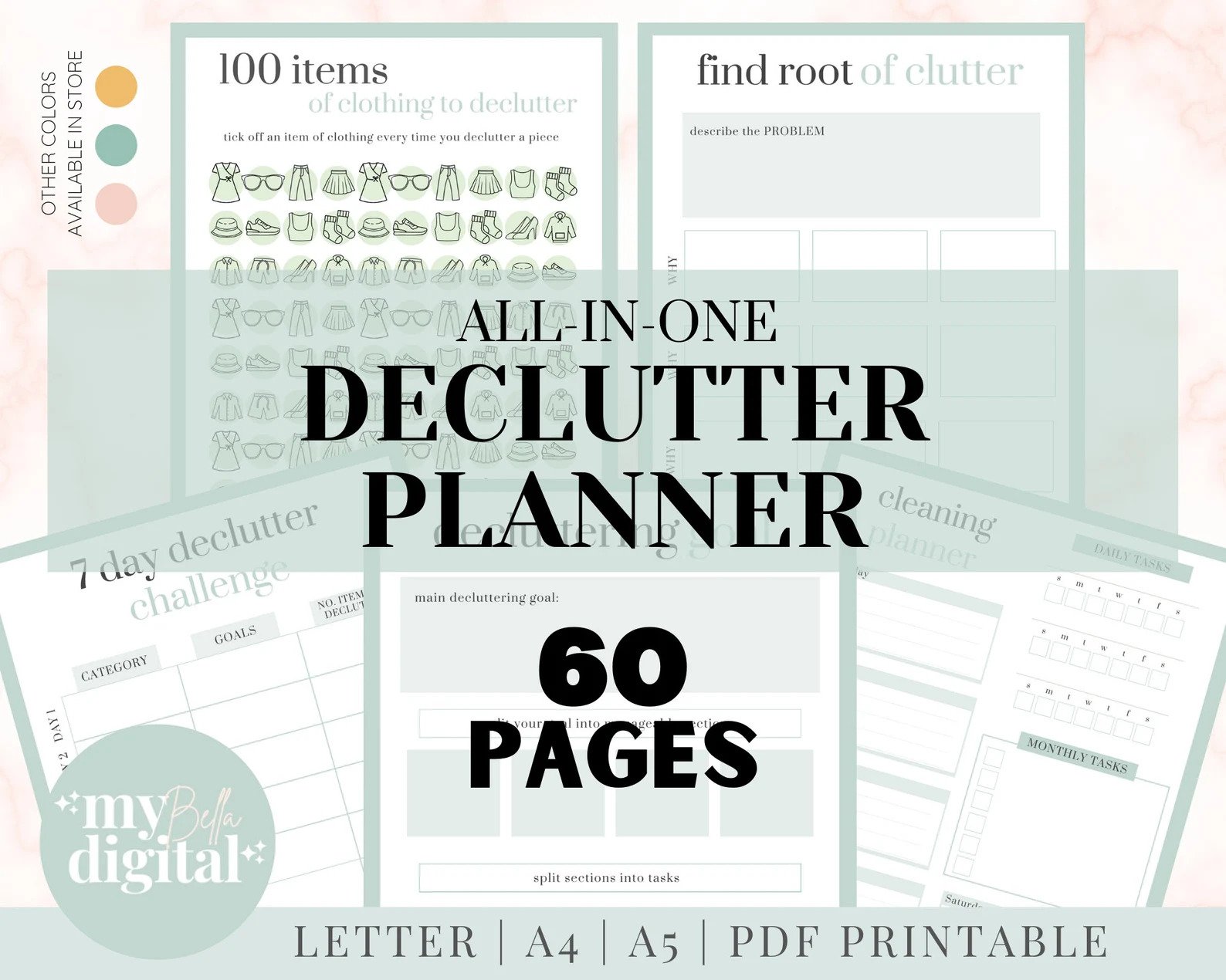
This printable decluttering planner is all you need to help tackle your home's mess without missing a step. It is perfect for both keeping on top of your belongings and starting off on your first big clear-out.
2. Set aside enough time
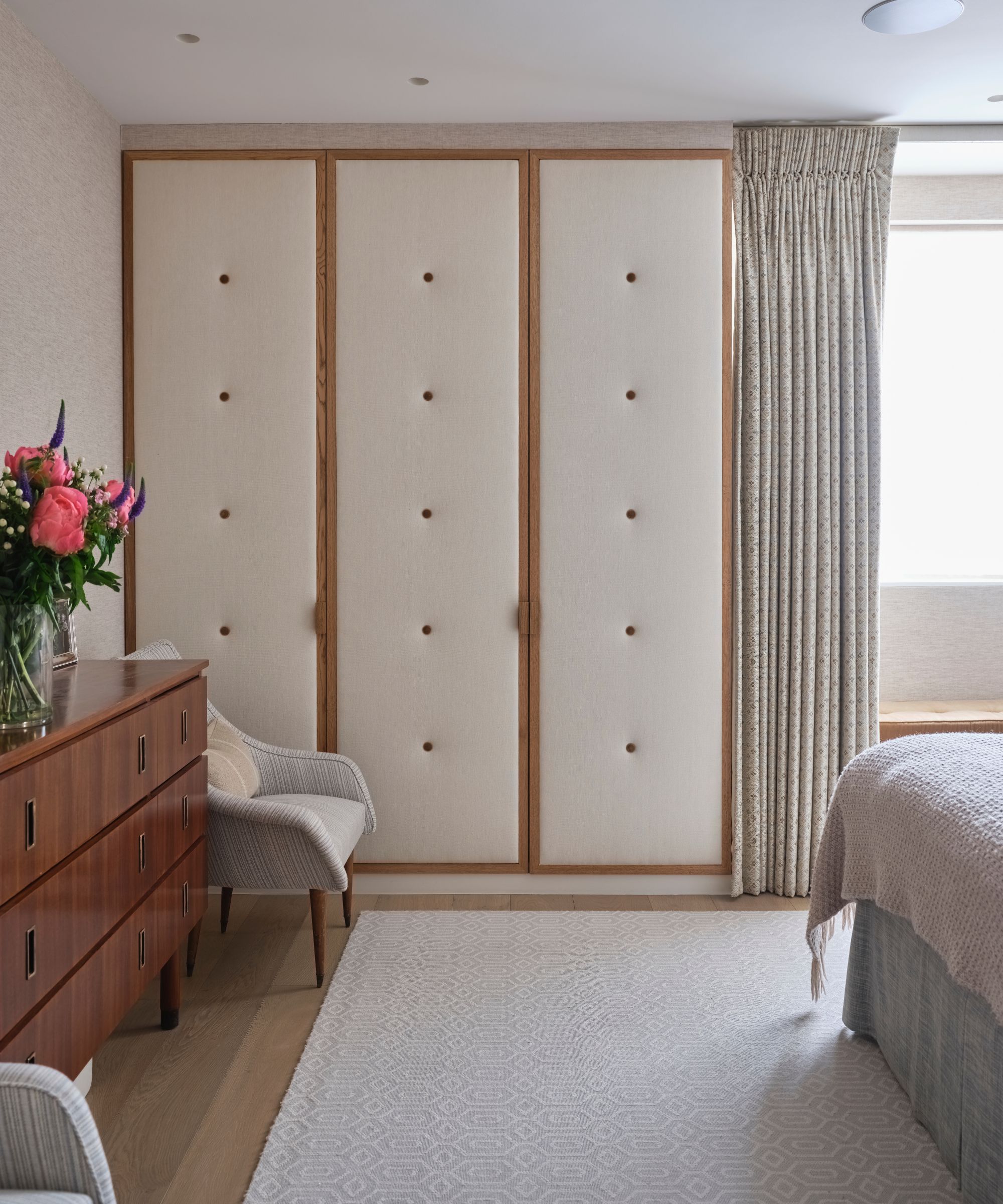
Decluttering a closet can take longer than you realize, especially if you are doing it thoroughly and trying on items before making a final decision. For this reason, it is best to schedule some time in your diary to tackle one of the most cluttered areas of your home.
It also helps to work during the day, adds Mimi Bogelund, The Spark Joy Collective. 'If possible, choose a space to sort with good daylight or other excellent lighting. This can help you look for permanent stains, and if it’s worn out and tired looking.' If you do not have time to work during the day, consider using a ring light from Amazon to evenly illuminate the space as you try items on.
Working during the day also means you are likely to have more energy and are less likely to feel exhausted and give up while your room is still in disarray.
3. Pick a method and establish rules
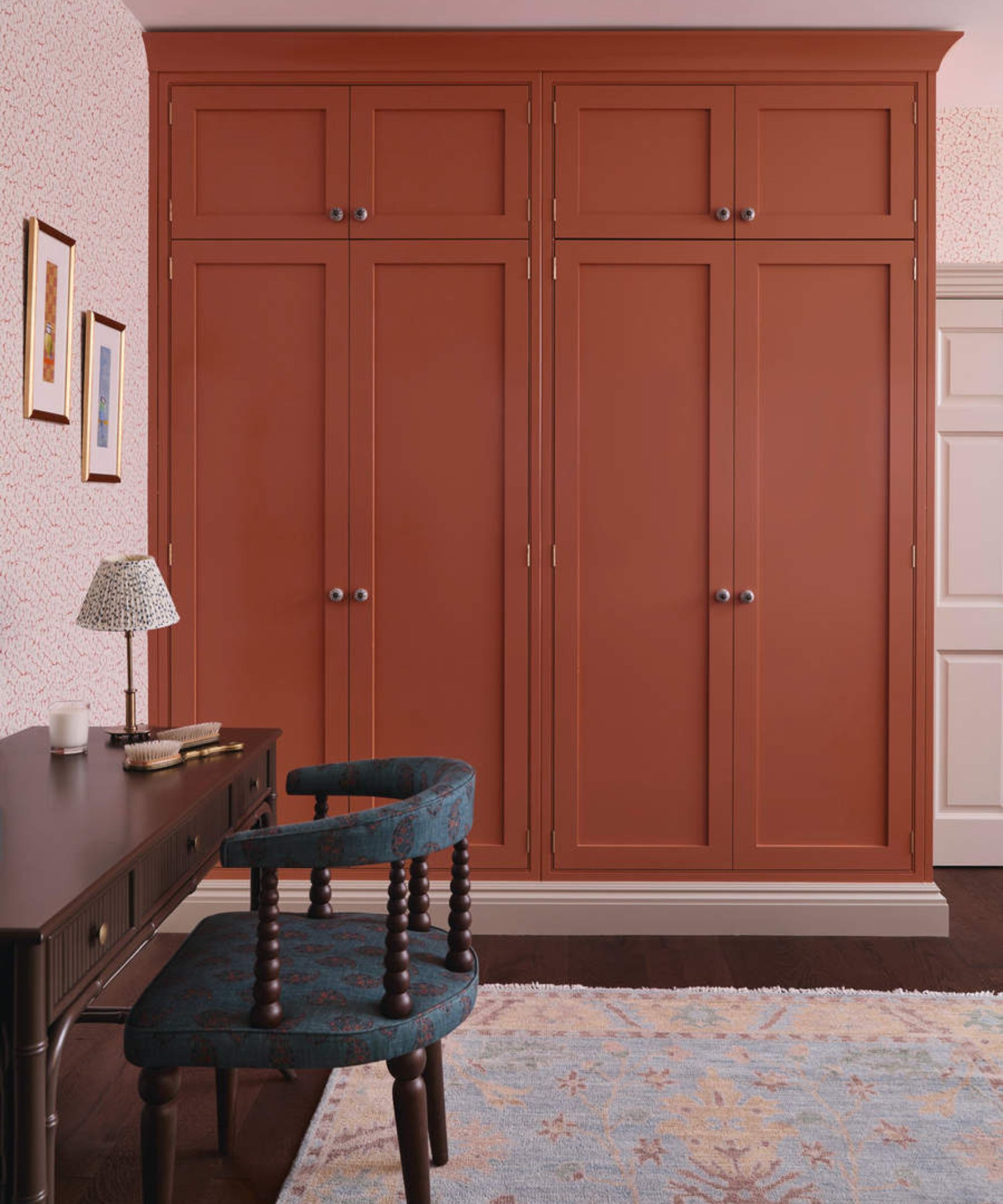
To see results, we suggest creating a set of rules for decluttering clothes and being sure to stick to them, no exceptions.
It can be easier to decide where to start decluttering and what to keep by following an expert-approved decluttering method.
The following six are some of our favorites for decluttering a closet:
- Capsule Decluttering Method: This practical decluttering approach dictates that each item of clothing must work in at least three outfits in order for it to earn its spot in your closet.
- Project 333: Live with only 33 items for three months. At the end of the three months, assess what you used, what collected dust, and what you missed from storage. This will help you make wiser decisions about what to declutter and what to buy in the future.
- Spark Joy: Ask yourself if an item makes you feel good when you try it on. If the answer is not an immediate yes. It is a good contender for decluttering.
- The 5-second rule: Need to declutter a closet quickly? This rapid-fire approach gives you five seconds to settle on a firm answer for each garment.
- The Didn’t Know Method: Pull out garments that you forgot you owned; they are great contenders for decluttering to help speed up the process.
- The Pile Method / The Post-It Note Method: Struggling to see through the clutter to the final result? The pile method allows you to create three distinct piles, one to keep, one to get rid of, and one, maybe, to help you stay organized when sorting through a mess. Add Post-It Notes, from Walmart, to items to help create a visual distinction between the piles/categories.
- Fantasy self method: If you find yourself hanging on to clothes and apparel that fit a past version of yourself, or a fantasy future version of yourself, let the item go. Live in the now and use your closet space wisely to serve the person you are today, not the person you once were, or hope one day you will become.
4. Remove non-dressing items
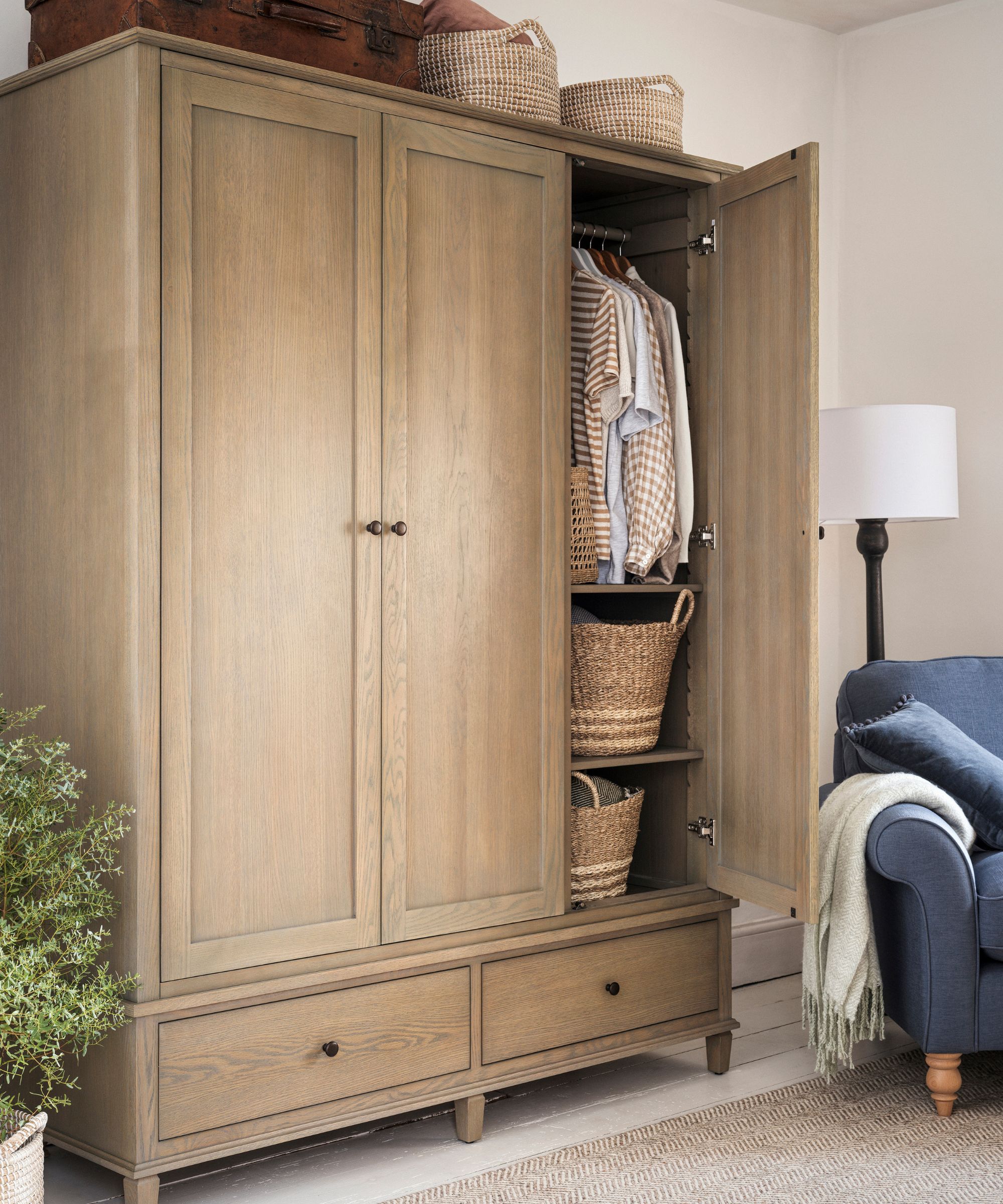
The Spark Joy Collective member, Jane Fern, shares, 'Very often, people have a mish-mash of items in their closet, with many items having nothing to do with getting dressed! All of these items are making your closet look cluttered and can contribute to feelings of overwhelm, making decluttering a closet ten times harder.
'The first thing I do when clearing out a closet is to empty it out completely so that I can see everything that has been kept in there.' This minor tweak for an organized closet is a super quick way to expand your existing closet space without buying anything.
This also includes clearing out closet organizers that no longer work for you and your space. Melissa Fiorentino, a professional stylist and trends forecaster at Editor's Faves includes plastic hangers in this. 'Plastic clothing hangers don't hold weight well and look cheap,' she says.
At Homes & Gardens, we recommend these slimline velvet flocked clothes hangers, at Amazon, which are inexpensive, available in a range of colors, and will stop garments slipping in storage.
5. Cut out ill-fitting items
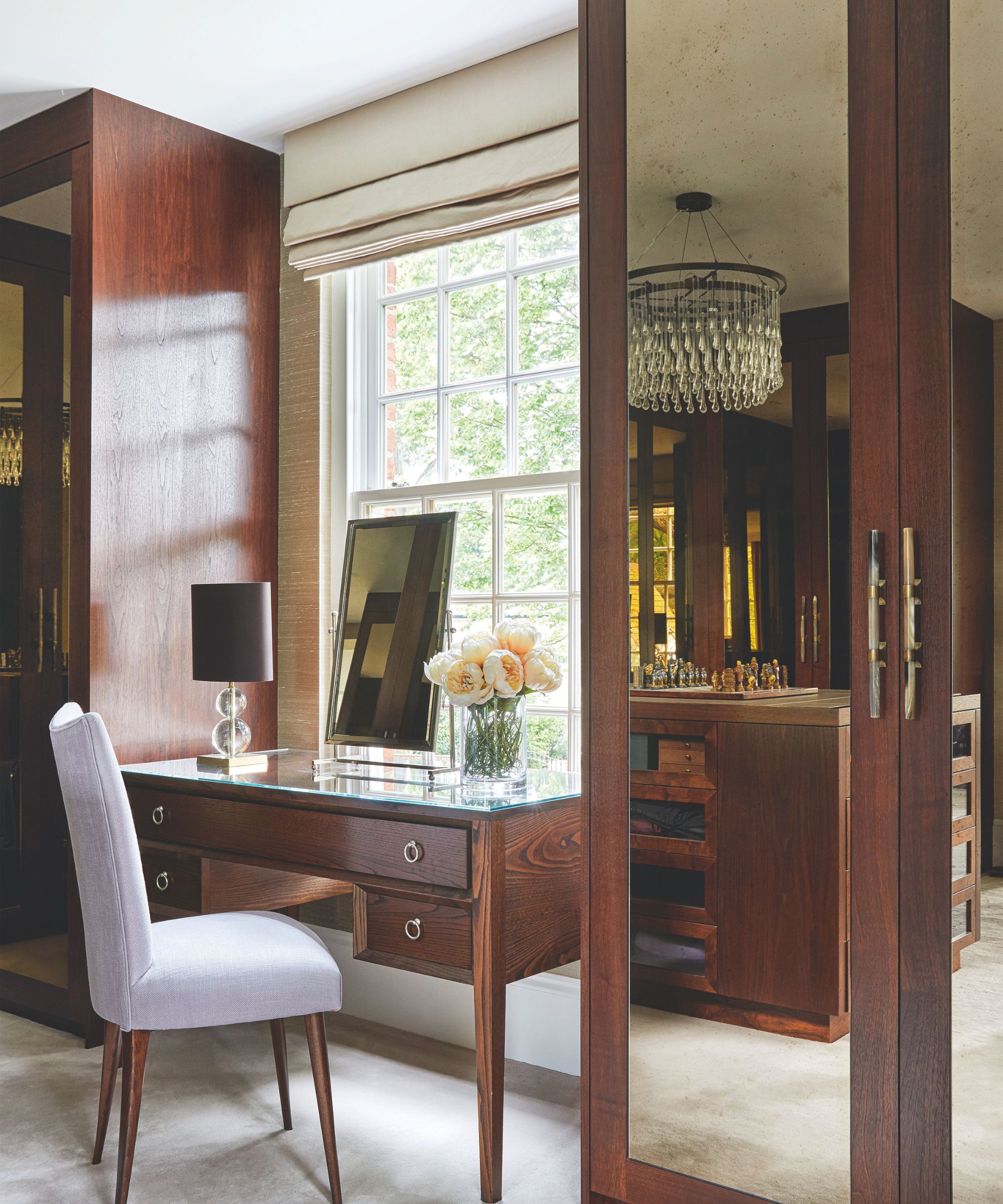
When it comes to organizing clothes, getting rid of items that no longer fit can be difficult to come to terms with. Trying to be ruthless when decluttering while also allowing yourself some leeway is the best approach to take if you find this process hard.
Professional organizer Mimi Bogelund, owner of The Organised Home and Life, suggests, 'If it doesn’t fit but you absolutely love it, keep it only if it’s one size either way of your current size. Don’t allow anything to be downgraded to be worn around the house. That kind of thinking won’t give you any more free space in your closet.'
It is not just clothes that don't fit that should be gotten rid of, but clothes that wash you out, too. If you have been on the internet in any capacity as of late, then you may have become familiar with the concept of color analysis – a process where you discover which groups of colors go best with the undertones of your skin.
You should look at the clothing next to your skin and decide if it really makes you glow, or makes you look a little flat, suggests Scarlett De Bease, personal stylist and founder of Scarlett Image Consulting.
She says, ‘An organized closet is a guarantee when my clients only keep in their main closet the clothes that currently fit them, are in their most flattering colors and styles, and can be combined in multiple ways. Once someone sees how great they look in the perfect clothes for them, they won't be able to wait to get rid of those that are not.'
Sometimes the fear of being too ruthless can actually hinder rather than help. Rather than waste time ‘umming and ahhing’, set aside a maybe box and use the expiry decluttering method for items that you’re struggling to make a decision on.
Once you’ve finished sorting, set it aside somewhere in an opaque box (a cardboard box from Walmart will do) where it’s not taking up prime storage space and mark a date at least one month from your decluttering day as the 'expiry date' with a permanent marker, such as a Sharpie from Walmart. If you haven’t needed or wanted them by that date, you know you’ve made the right decision, and you can find them a new home.
6. Be mindful of sentimental pieces
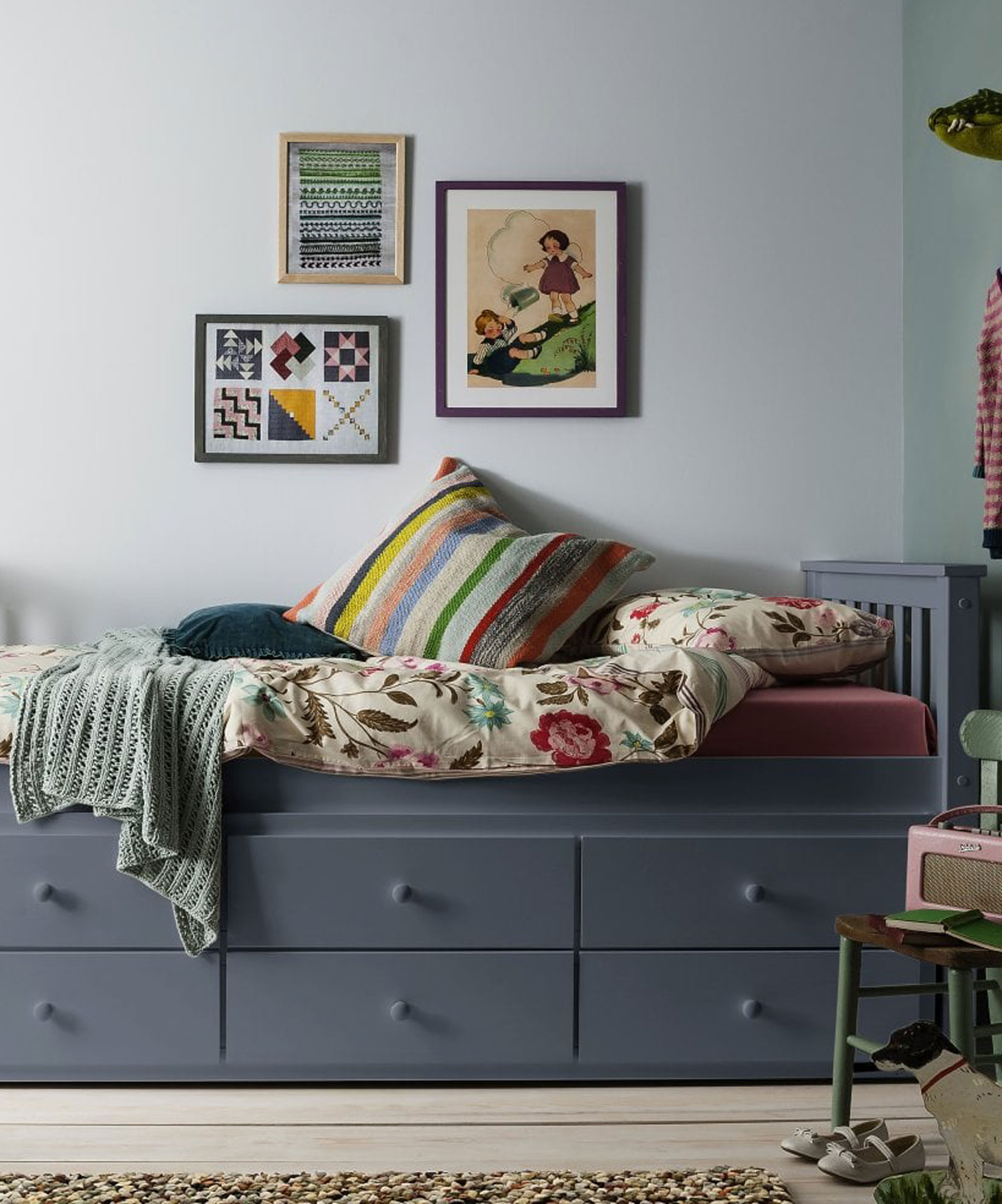
For those items that tug on your heartstrings when decluttering a closet, avoid making rash decisions – this can help avoid decluttering regret in the long run.
Marine Andre, home organizer and CSR expert at En Route to Joy, says, ‘I don't advise making rational decisions when it comes to decluttering – it would be a shame to discard clothes you love simply because you don't wear them. It's much better to remove the clothes you don't like, even if you wear them often, because they are right in front of you when you open your wardrobe.
‘The ultimate objective is to feel a spark of joy each time you open your wardrobe. Clothes are your second skin, so understanding your emotions when you wear them is crucial.’
If you are struggling to declutter sentimental items, then it is entirely possible to keep hold of them, especially if they are from a major event in your life, such as a wedding dress or suit. It might just be better to store them in underbed storage or an area that's harder to reach day to day, so it doesn't take up valuable space.
Jill Viglione, certified professional organizer and founder of Embrace Your Space, adds, ‘To make extra space in your closet, remove any clothing that you consider to be memorabilia, such as favorite concert t-shirts that you don’t wear. Either limit the clothing to one bin for long-term clothes storage, or take a photo of each item and donate it.
‘Removing memorabilia, clothing, and sentimental pieces from your closet leaves room for what you wear regularly – items will be easier to find, relevant to your current style, and hang better too.’

When storing precious items long term, pick a box that is air- and water-tight to prevent moisture and pests from damaging the materials. A clear box allows you to see what is inside at a glance, reducing the risk of losing or forgetting about items.

When storing clothing, consider putting a silica desiccant pack in the box to help absorb excess moisture and prevent mold or musty smells. These packets change color when they expire, so you know exactly when to replace them.
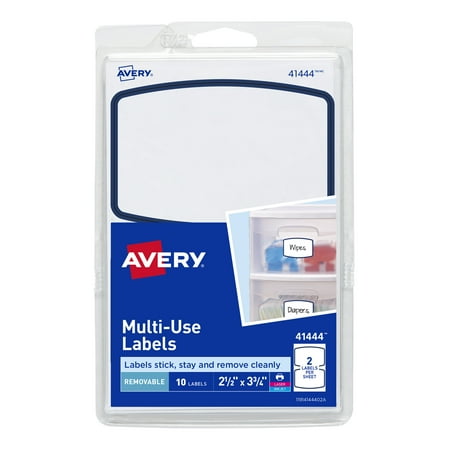
Label your long-term storage to avoid items getting lost. For sentimental storage, make a note of why items are important, with dates, to help preserve memories.
7. Remove items with negative associations
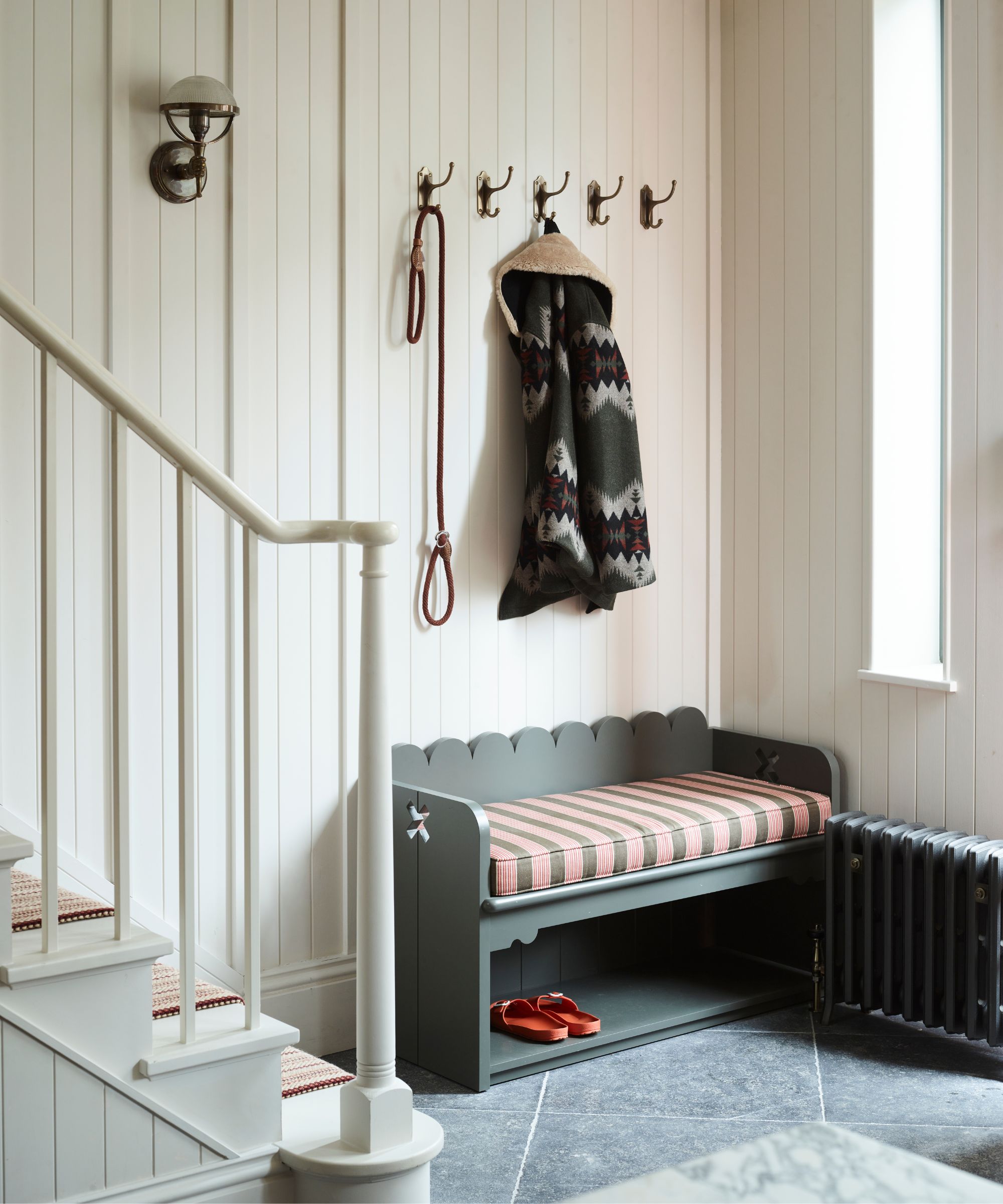
On the flip side, one of the most important rules for decluttering clothes is to let go of pieces that actively make you feel bad. Maybe it was expensive, but you don't wear it, you do not like the texture of it, or perhaps it simply does not fit.
Bonnie Borromeo Tomlinson, professional organizer and author of Stop Buying Bins, available at Amazon, says, ‘If it doesn't fit, get rid of it. Not could it fit or will it fit, but does it fit? If the answer is no, it's got to go! Nothing, not cost, quality, or special occasion worn, supersedes fit.'
Similarly, gifts occupy a complicated sphere in decluttering and home organization, as we can feel bad about parting ways with something someone else picked for us. But if you don't resonate with it, it can be an anchor for guilt or simply a waste of space.
One way to banish the guilt you might feel about letting a perfectly good item go is to personify your possessions. This helps us imagine the item fulfilling its purpose somewhere else, for instance, a costly gown that will see another fun night out on the town with a new owner.
8. Be realistic
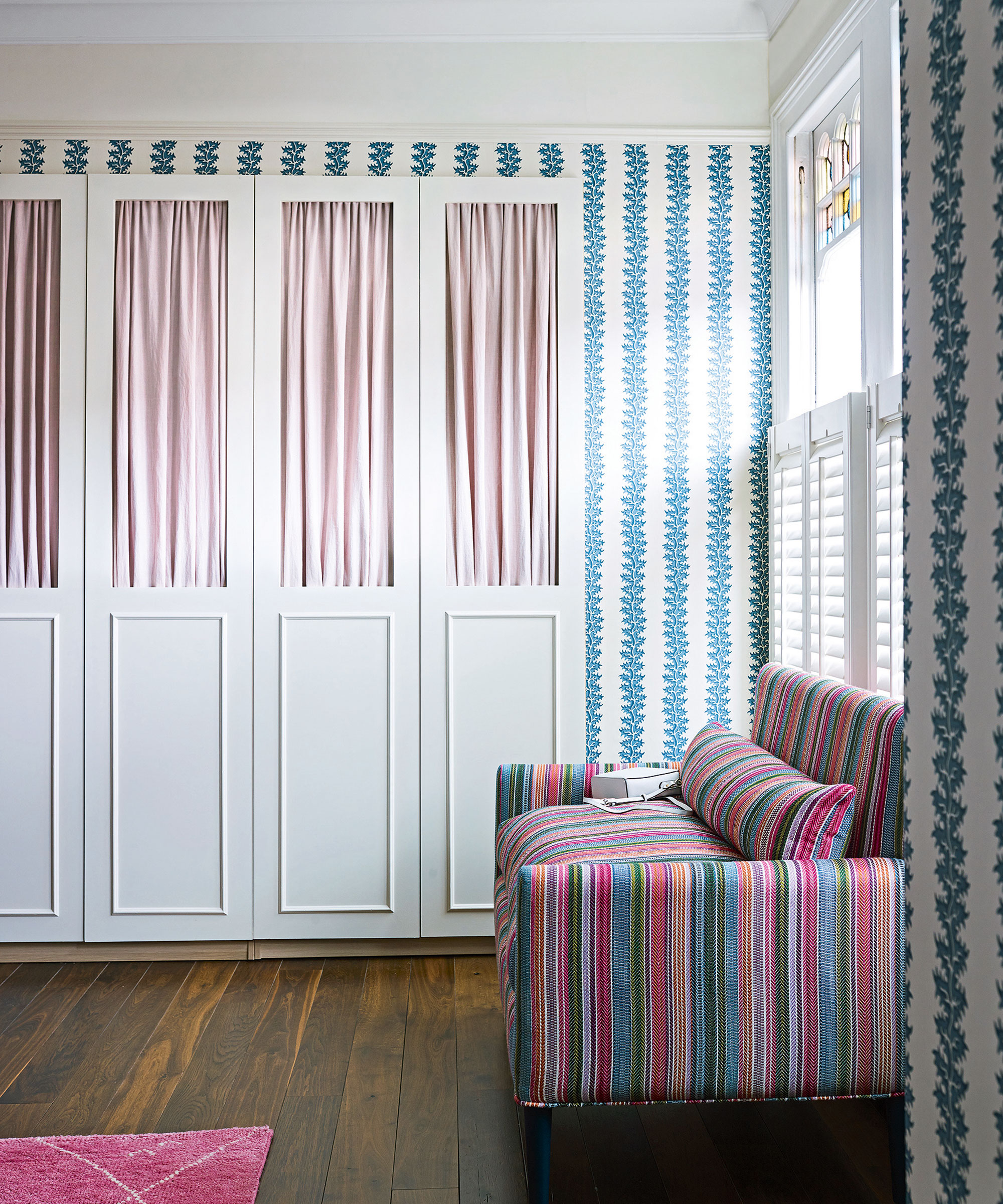
It is very likely that anything stained, ripped, misshapen, or discolored needs to be taken out of your closet and thrown away.
If you have not managed to repair the garment when doing laundry in the past, you aren't likely to restore it to its original condition in the future, and it is only taking up precious space in your closet. Get rid of them, or relegate them to using them when you are cleaning or doing DIY around the home – but only keep one set, not multiple, that will take up space elsewhere.
When dealing with well-loved clothing pieces that may have sprung a small hole or had some threads come loose, try to be realistic about what you can and will fix, and what you won’t. Fixing your clothes is a great way to be sustainable at home, but this only works if you actually do it.
A great way to decide if you will get the task done is to set your clothes aside in a separate bag, says Melissa Fiorentino, personal stylist and trends forecaster at Editors Faves, a sustainable fashion blog. ‘If you don't wear them or fix them within the next four months, then you can likely donate or get rid of the pieces without regretting it.’
Having a complete clothing repair kit, available at Amazon, to hand can make repairing clothes promptly more manageable.
Remember, keeping things ‘just in case’ is a sure-fire way of building clutter, so be aware of the excuses you’re making and drop them.
9. Cut out duplicates
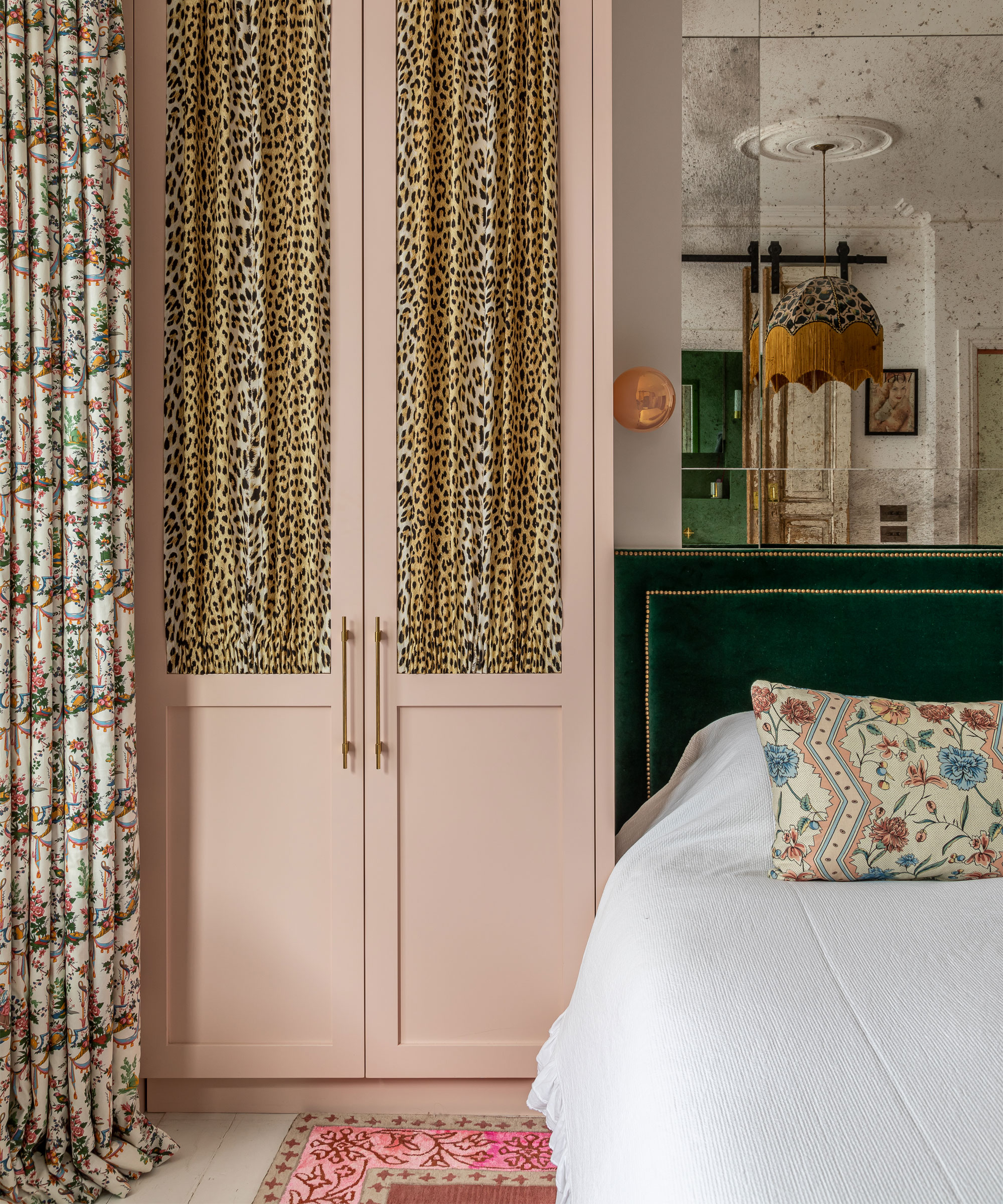
Duplicates of some clothing can sometimes be useful to keep a hold of, such as staple basics like white tees, leggings, or pairs of jeans, but more often than not, duplicates are surplus to requirement, especially when you have a higher quality one that you use more, says Melissa.
‘Just remember that while it's good to have basics, having more than two or three of similar everyday items just takes up unnecessary space in your closet.’
Banishing costly duplicates will help clutter-proof your closet for the long term.
10. Avoid following trends
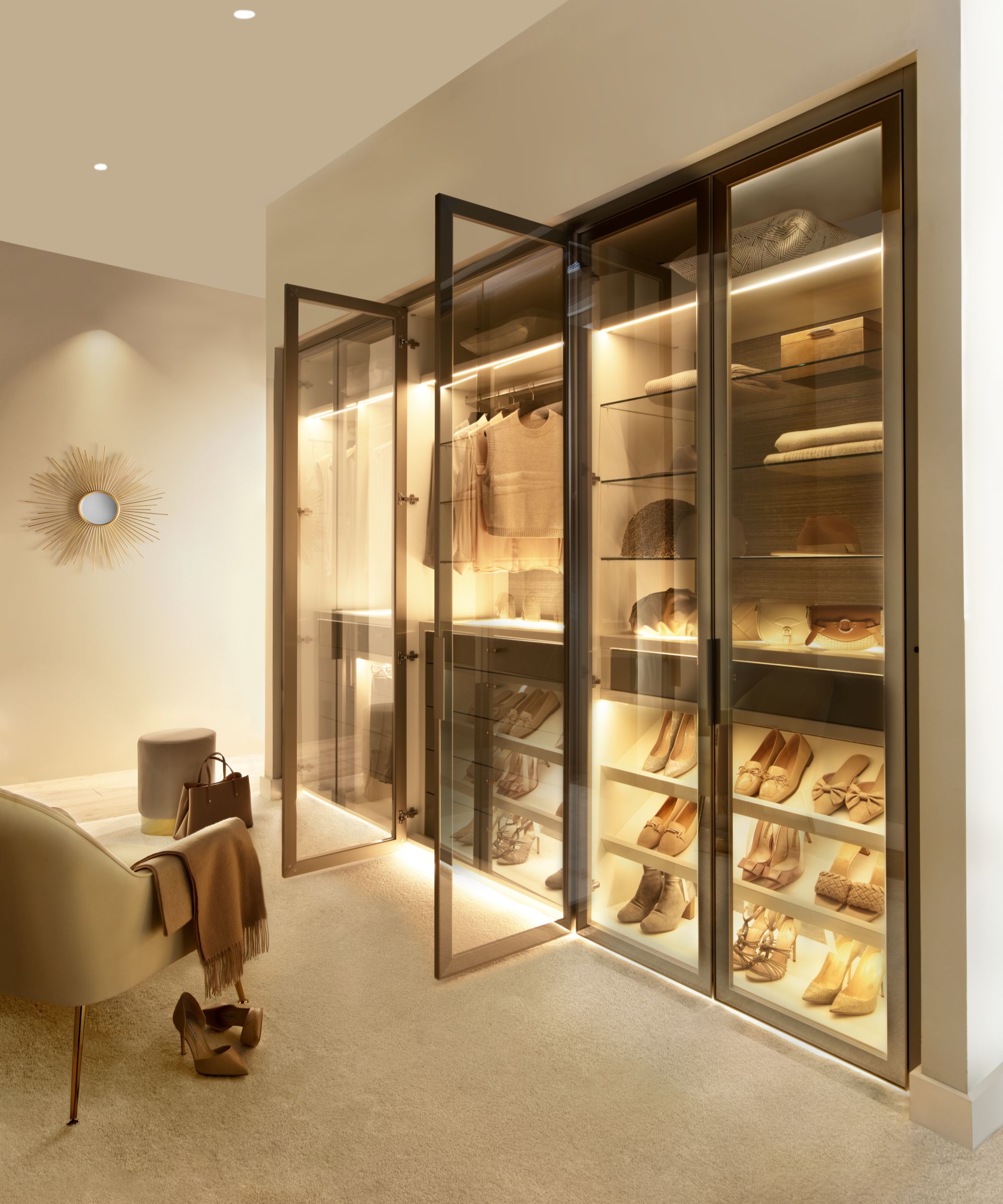
Just as interior designer trends should influence your taste but never dictate it, fashion trends should never dictate what you have in your closet. Just because something isn't trendy anymore doesn't mean you can't enjoy it.
Trends can be incredibly fickle at times, so follow your gut and work with what brings you joy or makes you most comfortable, not what other people think you should be wearing.
Being unique and being sustainable at home is trendy in and of itself nowadays.
A great way around this is to only keep or buy items that bring you joy. After all, there’s nothing worse than wearing clothes that don’t make you feel good.
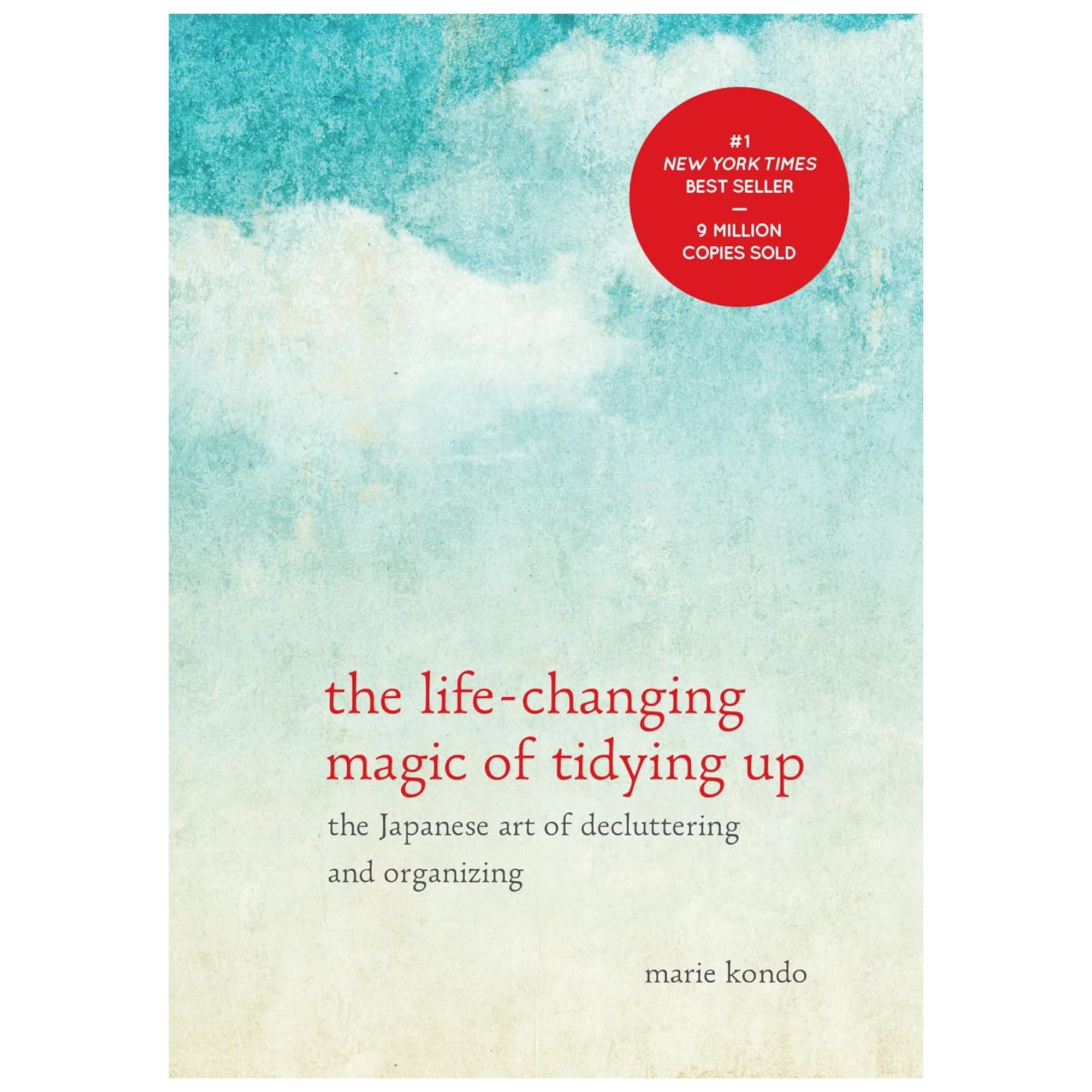
This bestselling book packs so much information into a mere 200 pages, in a readable and digestible format that's accessible to all readers of all ages, teaching everyone how to find joy in their belongings.
Meet the experts
When decluttering somewhere as overwhelming as your closet, be sure to also avoid some common decluttering mistakes so you don't have to repeat the entire process too soon.







